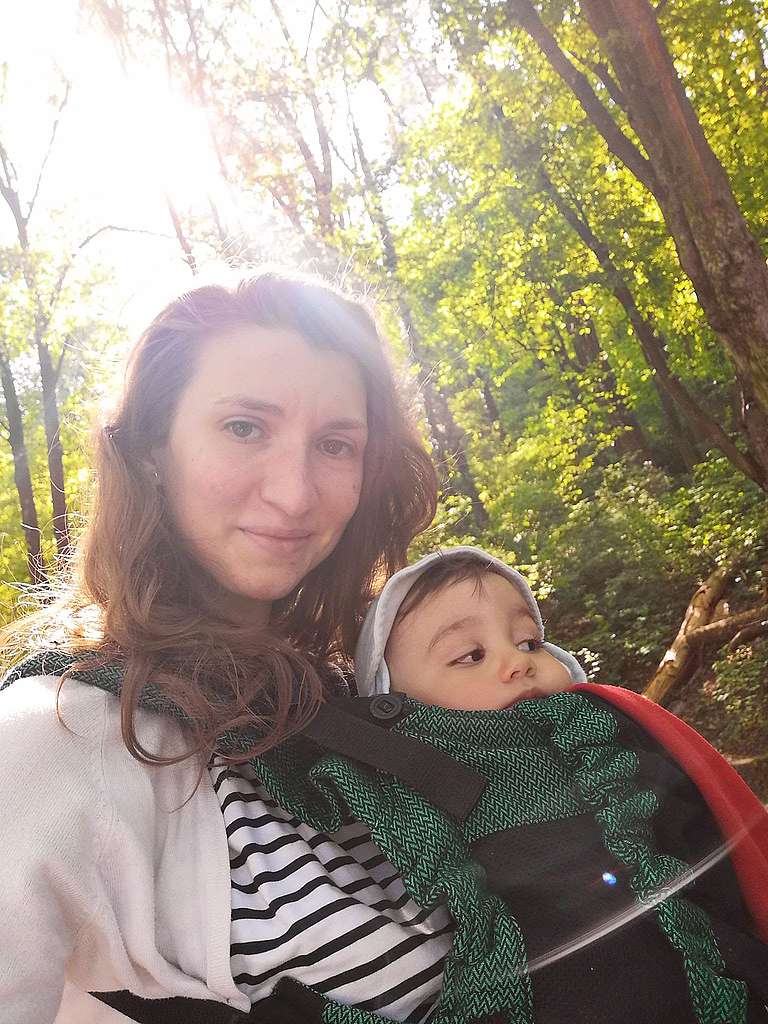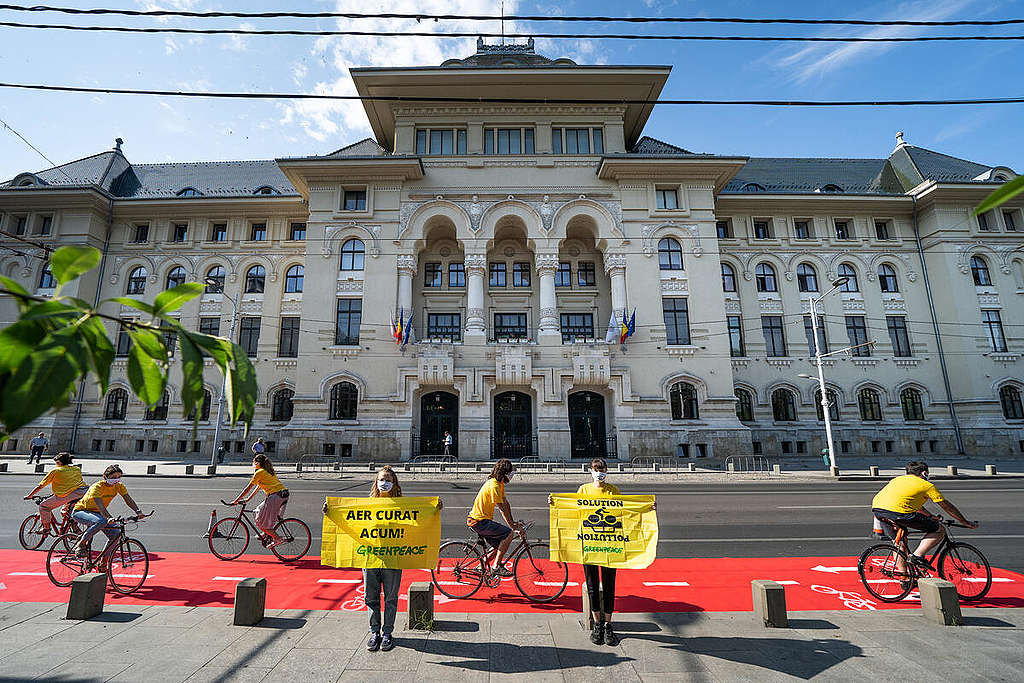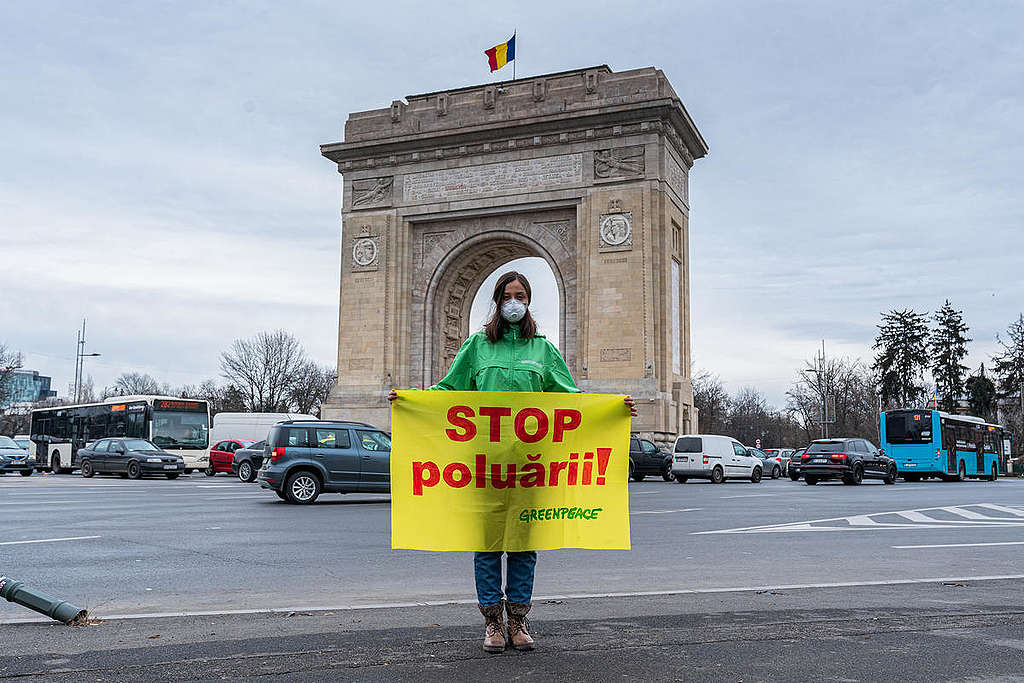As part of European Mobility Week, the #MobilityForAll campaign conducted a series of interviews with people from underrepresented communities across Europe asking them to describe their everyday experiences of moving around their home city. These are their stories in their own words.

What’s moving around the city like for you?
Since becoming a mother 17 months ago, I’ve realised what it’s like to actually move around the city all day carrying a lot of things with you. For example, a stroller, a child and bags. Before motherhood, my walks through the city were quick, and with a specific purpose, as I like to spend my time in nature. Unfortunately, this change in my life made me realise what an unfriendly city I live in as a mother with a small child, and that I need to make more changes also. Moving around the city is kind of difficult as the baby is getting bigger and heavier.
Describe a typical journey. What challenges do you face?
For the first couple of months, I carried my baby in an ergonomic wearable system so I only started noticing these issues when I began using a stroller. That’s when I discovered that there’s no ramp for the stroller in my apartment block. So after I come down eight floors with the elevator, I have to carry the child in my arms for eight stairs and then also carry the stroller down the stairs. This is happening even though the law In România says that every block or building should have this ramp as it is mandatory. After I finish this routine, I walk around the city and the biggest challenges are that the sidewalks are too high, meaning I have to lift the stroller onto them, and they are full of potholes, which makes the walk more like an assault course. Also, a lot of cars are parked on the sidewalks and not all the buses have a ramp for strollers. All this and more, like not having a ramp in public administration buildings or not having safe pedestrian passages, make my journey through the city with my baby challenging.

If you could design your ideal city from a mobility perspective, what would it look like?
All the sidewalks would be child and people-friendly with no potholes and space for strollers, no parked cars, and safe pedestrian walkways. In general, there’d be very good infrastructure with safety in mind and ramps in every building.
How would your life be different if these changes were implemented?
It would be much easier for me and the baby. Unfortunately, I can’t wait for the administration to take action as I have requested these changes several times, and I even went public with my demands. Because of this, we decided to move to the countryside, in nature, far away from the polluted and noisy city.

What would you say to politicians about mobility if given the chance?
I would say to come with me or any other mother for one day and walk side-by-side and experience exactly what I’m talking about. It’s not something extraordinary that I’m requesting. It’s a normal thing that other countries have had for ages.
Mobility For All is working in collaboration with allies to promote the benefits of alternative mobility for improved city life for all city dwellers, whatever their background or socioeconomic status.
Join the campaign!
Follow the hashtag, #MobilityForAll and let’s work towards a radical transformation of cities by demanding action on:
- Car-free city centres and/or low emission zones
- Better public transport, for example, electrification, more transport more often, more affordable, safer
- Better support for shared mobility (from bike sharing to car sharing)
- Better cycling and walking infrastructure
- More Green public spaces.

No comments:
Post a Comment
Note: Only a member of this blog may post a comment.